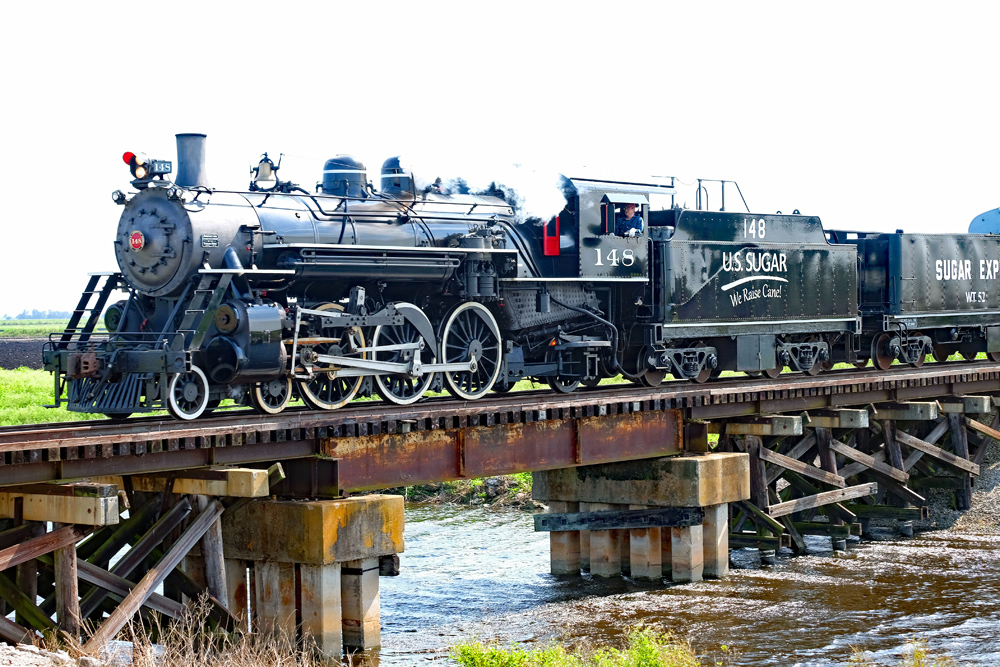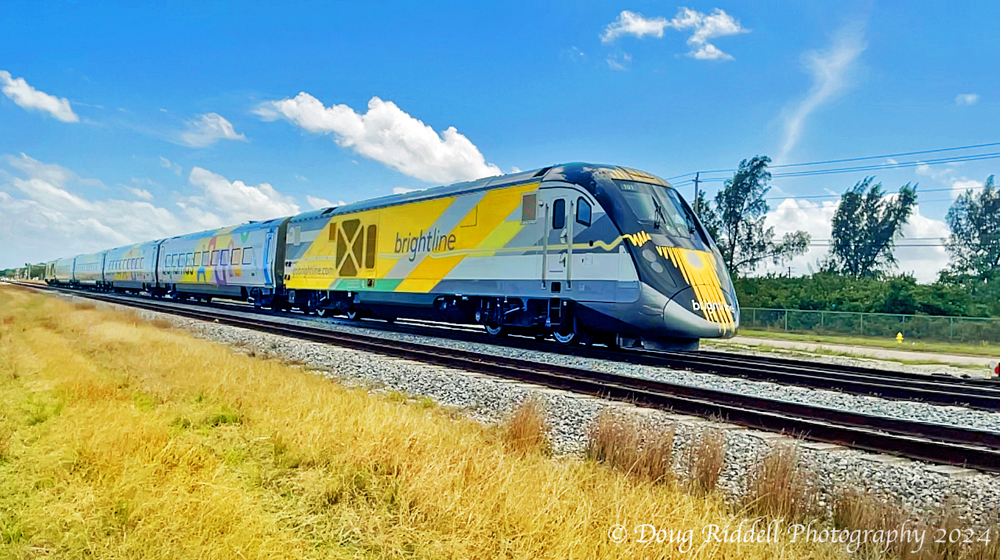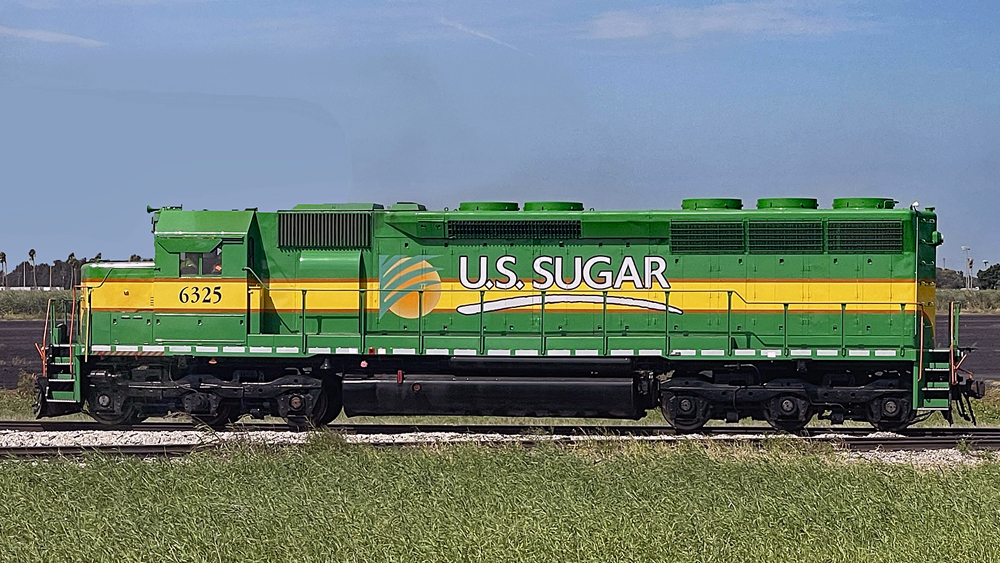New tricks

Most of you know me from my career as a main line diesel locomotive engineer — a fair assessment. Deep down inside of me though, there lurks a little boy filled with awe and excitement for that American Flyer Pennsy K4, chugging around under my Christmas tree. I’m writing this from the relative quiet of a speeding Brightline train, en route home from West Palm Beach, Fla. Outside however, the sleek fixed consist screams in living color (to borrow from the NBC peacock).
I’ve been attending the Lexington Group for Transportation History’s annual conference, where I presented a program about the Auto Train. Two days of meetings were balanced with field trips that included my first trip on privately operated Brightline, preceded by an entire day enjoying the smooth ride of a former Southern Railway Pullman Standard lightweight coach, still carrying the familiar “Think ahead, think Southern” emblem. It and four other passenger cars were in tow of a meticulously restored and maintained Pacific, No. 148, the pride and joy the the U.S. Sugar Corporation’s Sugar Express. The 4-6-2 steamer was built at Alco’s Richmond Works over 100 years ago. (I lived a few short blocks away, in the Highland Park neighborhood, and was nocturnally lulled to sleep by the factory’s steam whistle, wailing across Shockoe Valley at night.)

Short lines are often envisioned as “mom and pop” spin-off operations, employing faded, chattering, second or third-hand locomotives, but not the USSC Railroad. With connections to the Florida East Coast and CSX’s former Atlantic Coast Line, it’s anything but. A smart new green and yellow livery adorns its fleet of second generation diesel powered trains through hundreds of thousands of acres of rich soil, over miles of track including stretches of continuously welded, heavyweight, 136-pound rail. Sugar cane must be processed within 8 hours of being hewn, or it’s lost. USSC must therefore avoid delays.
It’s a very visible corporate citizen that embraces, and is embraced, by the Central Florida town of Clewiston. Our group of over 100 visitors were treated to locally catered steak dinners at the town’s community pavilion. Believe me, no one went away hungry or dissatisfied. (We asked for and received a doggie bag, although we presently don’t have a dog.) USSC’s Sugar Express is bringing visitors to town, and work is proceeding on the rebirth of former ACL No. 1504, a P5a 4-6-2, which for years was displayed outside of CSX’s Jacksonville headquarters, which should expand tourism, and that’s good for Clewiston.
After checking out of our hotel Saturday morning, we joined other members of the Lexington Group for a speedy trip to the Orlando airport aboard Brightline, for a tour of their shops. Its top speed of 125 mph is similar to Amtrak’s Northeast Corridor trains. Acela even hits 155. Maybe so, but, as one Brightline executive pointed out, “Our goal is to offer customers an experience — the frequent, predictable, comfortable, travel, for which they’ve paid a premium price. We’re often operating sold out.”
Both USSC’s Sugar Express and Brightline do that, and do it well. My wife and I can attest to that.

Check out Doug Riddell’s previous column, “From the Cab: Amtrak calendar paintings.”
Updated 11-5-24 to Pacific and 4-6-2 for U.S. Sugar Corporation steam locomotive.














Folks,
As I mentioned, I was writing my column aboard a Brightline train from West Palm Beach to Orlando, and most of our attendees were seated in the same coach with me. A lively conversation was going on about the events of our trip–one of which was the US Sugar Express, and comparisons of steam locomotives. Obviously my mind thought one thing, my ears heard another, and my fingers typed a third. My apologies. It’s corrected, and I always appreciate feedback, whether it’s to call my attention to an inaccuracy, or to suggest ideas. As I always say, “I hope to learn something new every day.” Doug
Scuttlebutt says c&o 614 may be getting a new assignment!
Other than the goof (all writers make them from time to time) this was a fine article and some stunning photos. Thanks Doug!
Gents, you caught my goof. Clearly it’s a 4-6-2 Pacific. Apologies.
Correct me if I’m wrong but isn’t the photo of No. 148 showing a 4-6-2 (Pacific)?
I’m sure Doug knows better. It ain’t a Mikado (2-8-2) and it ain’t a 4-6-0 (ten-wheeler).